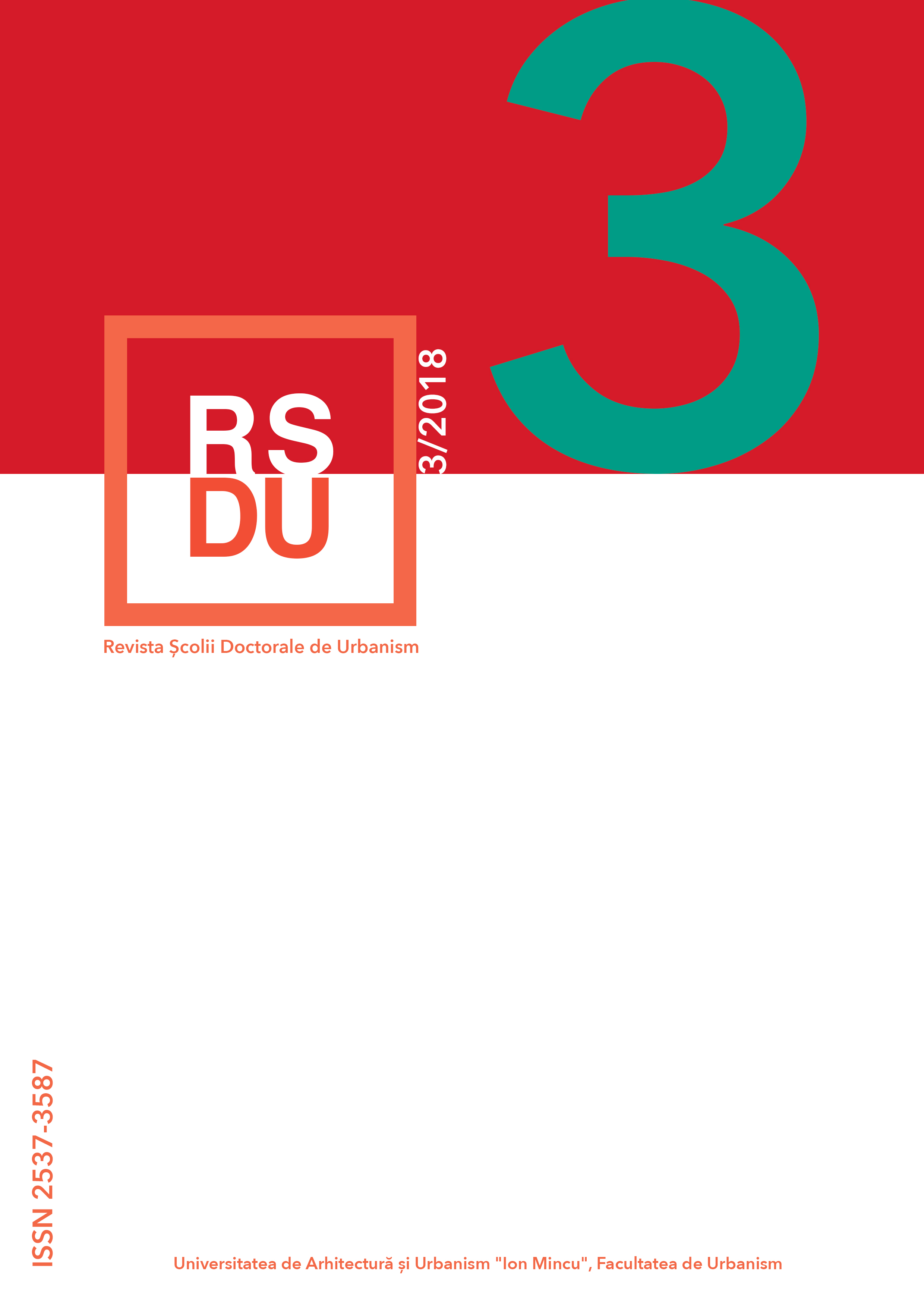Floarea cu cinci petale
Flower with five petals
Author(s): Anca Mihaela COŞASubject(s): Archaeology, Cultural history, Architecture, Human Geography, Regional Geography, Historical Geography, Applied Geography, Maps / Cartography, Political history, Social history, Middle Ages
Published by: Universitatea de Arhitectură şi Urbanism »Ion Mincu«
Keywords: towers; rosette; heraldic sign; cardo and decumano; orientation of buildings; tilt of the earth's axis;
Summary/Abstract: The five petal flower is not a simple decoration. It's an important heraldry. Looking at the old seal of Câmpulung, which, together with the seals of the cities of Baia (14th century) and Roman (15th century), are the only ones with a legend in Latin, we draw attention to a repetition - the presence of two times of the star and the semilune. The star and the crescent also appear on the coat of arms of Moldova. Next to these flowers with five petals. In order to find the meaning of the symbol, there are presented old and new examples of rosettes or flowers with five petals, respectively ten petals, if they are double lobes. The study looks at elements of architecture, urbanism and landscaping in setting up the whole area of Campulung with the two towers on which these flowers appear in stone sculptures, that of Negru Voda, the highest medieval center in Wallachia and SfGheorghe church potters. The location of these towers, taking into account the distances and landslides, reveals advanced astronomy knowledge. This type of construction and the tectonic discharge of the system, using semisferic arches and domes, leaving ample, free-at-ground ground voids, forming the triumph arcs, shows the personality of the imported rulers who ordered them. In the 14th century Câmpulung was the capital of Wallachia where, in 1352, it passed to the eternal, the Great Basarab I the Founder.
Journal: Revista Şcolii Doctorale de Urbanism
- Issue Year: 3/2018
- Issue No: 1
- Page Range: 45-66
- Page Count: 22
- Language: Romanian

